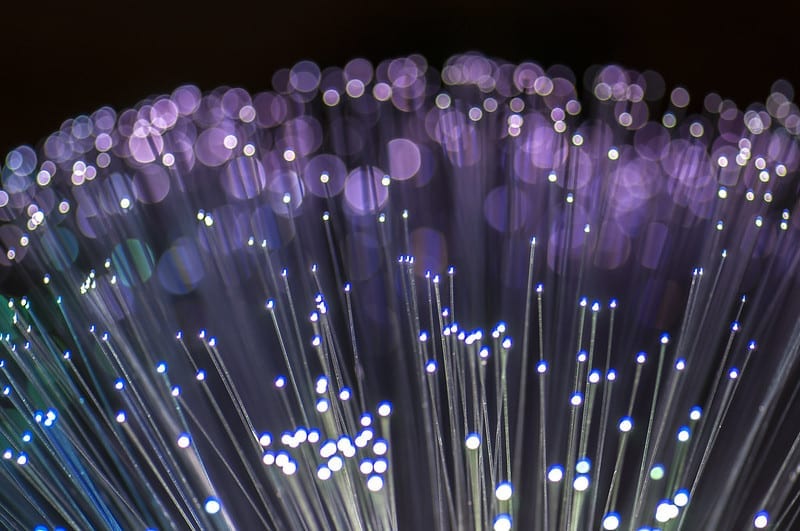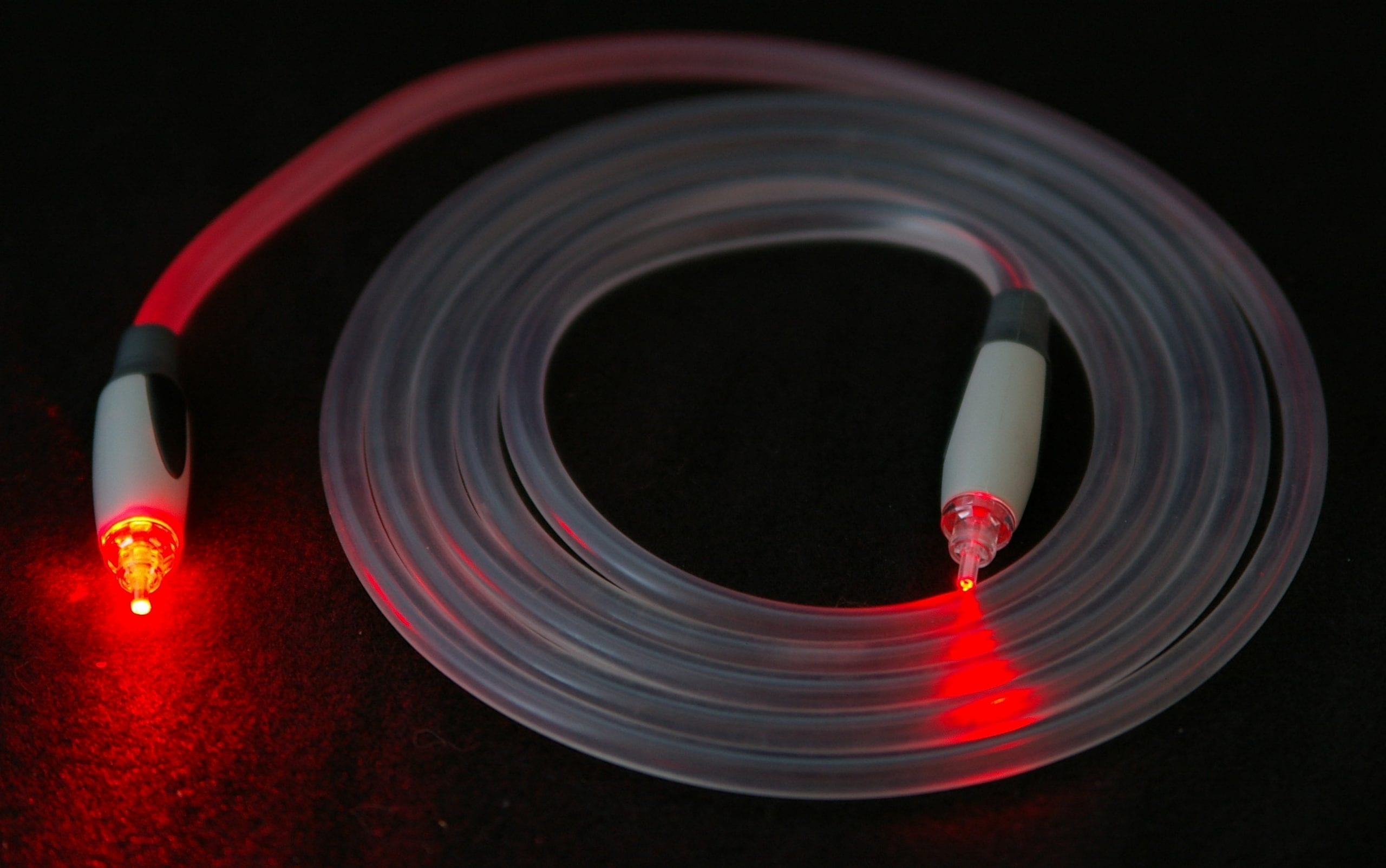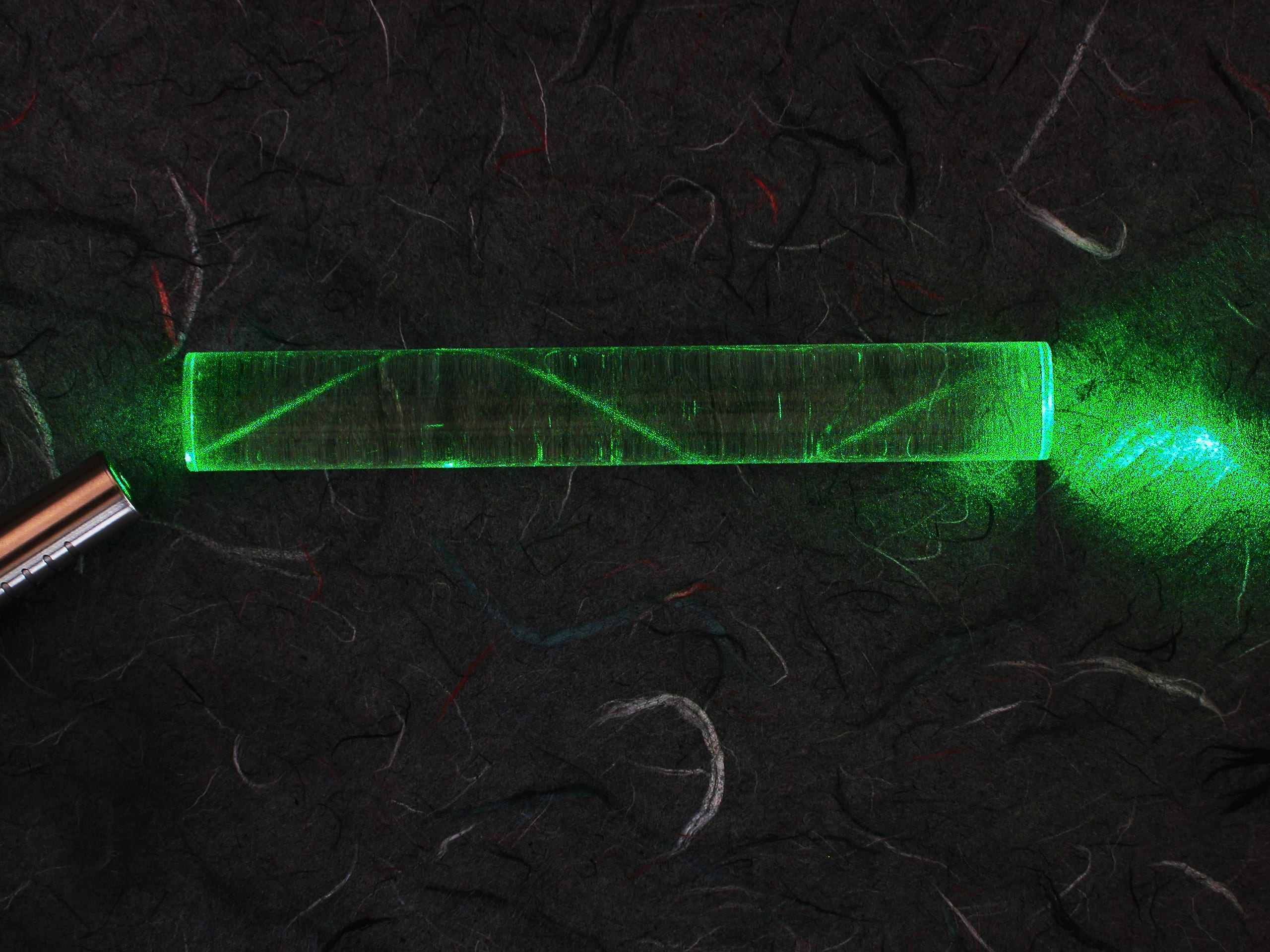11 COOL AND INTERESTING FACTS ABOUT FIBER OPTICS {MUST WATCH!} (INVENTED BY CHARLES KUEN )
Fiber optics have been around for longer than you might think – but we all rely on them to help keep the web running, and to ensure we can still enjoy our favorite movies and TV shows at home. But what exactly are fiber optics, and how do they work? Even if you know a little bit about the tech, here are some fun facts about fiber optics and how they make modern life possible.
FACTS ABOUT FIBER OPTICS
1. What is fiber optics, anyway?
Fiber optics can be defined as the use of very thin, flexible pieces of glass (or other transparent components) to transmit various things. They are usually used in telecommunications – such as through the provision of the internet, telephones connectivity, and television. It is also used for long-distance data networking.
2. When were fiber optics first used?
As it happens, fiber optics have been around for a lot longer than you might think! They have technically been in use since Ancient Rome! However, they were only used for communication in the 1790s when they were installed in the optical telegraph.
3. You’ll find them in medicine, too.
Once fiber optics became more widespread technology, it started to emerge across medicine and healthcare, too. Fiber optic technology is used to help create images and light components in endoscopes, which in turn are used to allow doctors to see the inside of the human body.

4. The Father of fiber optic communications!
Charles Kuen Kao was prestigiously awarded the Nobel Prize for Physics in 2009. His discovery that fibers made of pure glass could transport light essentially changed telecommunications forever!
5. It’s a three-point process.
Fiber optics can be seen in three various elementary parts. There is the core (made of glass or plastic, through which light is transmitted), the cladding, and the outer coating.
6. A greener solution?
By using fiber optic cables, we use far less energy. This means that there are altogether lower emissions and greenhouse gases than we’d normally expect through the use of copper cables! Fiber optic cables are also thin, small, and cheaper to use on average – which is why they’re so ubiquitous all over the world.
7. Bandwidth is important – but what is it, anyway?
Bandwidth measures how far we can send and receive information – and fiber optics currently provide wider bandwidth than any other technology physically available right now!
8. What about the weather?
We’ve all had to deal with poor connections due to weather, but that isn’t a problem with fiber optics! Since fiber optics transmit light, and not electricity, it is not affected by the weather. You’ll be able to stream come rain or shine.
9. Endless power?
As you may well know (and have experienced), one of the worst things about traditional metal cables is that they deteriorate over time and need replacing – highly expensive stuff. Fiber optic cables, though, can endure indefinitely, and can be upgraded without needing replacing!

Showcasing transmission
10. Safety first!
Since fiber optics don’t radiate electromagnetic energy, the information being sent across cannot be interfered with easily. That makes it a much more secure system! Since it doesn’t emit radiation either, it will not interfere with any information being sent, either.
11. Don’t burn, baby burn!
Again, since no electricity is sent through the fiber optic cables, there’s no risk of getting burned – it’s probably still worth wearing gloves in any case!

Illustrating how laser reflects in a multifiber optic rod
Comments
Post a Comment
SO DO YOU GUYS HAVE ANY INTERESTING INFO RELAVENT TO OUR BLOG
COMMENT BELOW!!